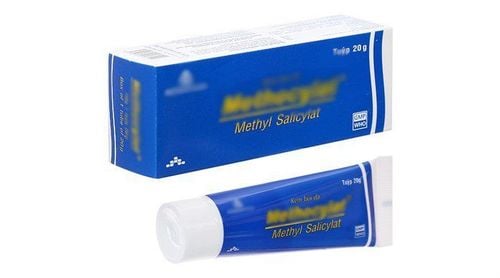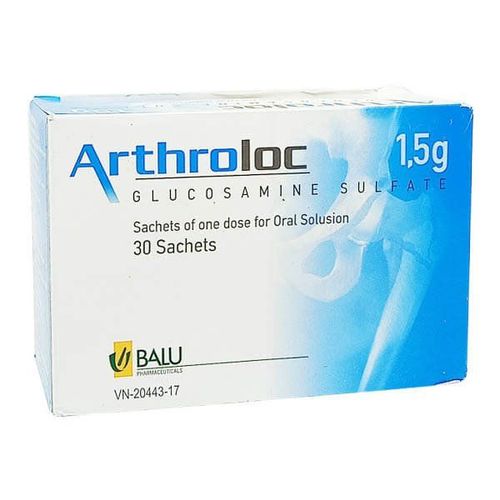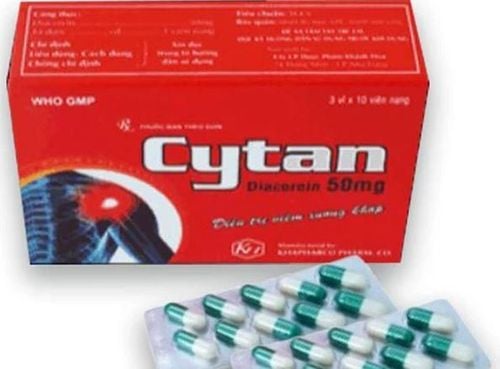This is an automatically translated article.
Orphenadrine Antiflex is used to relax muscles and relieve stiffness, pain and discomfort caused by strains, sprains or total muscle injuries. However, the brand name Antiflex has been discontinued in the US, if there are generic versions of this product that have been approved by the FDA, there may be equivalent drugs.1. Uses of Antiflex
Orphenadrine's brand-name Antiflex Antiflex is a muscle relaxant that works by blocking nerve impulses or pain from being transmitted to the brain. Antiflex is therefore often used with physical therapy and rest to treat musculoskeletal conditions such as pain or injury. However, medication is not a substitute for rest and physical therapy or exercise, but only a supportive method prescribed by a doctor.2. How to use Antiflex?
Antiflex should be used as directed by a doctor, can be taken with or without food. Tablets can be taken with food to reduce stomach irritation, but the tablets should not be crushed, chewed or broken when taken because too much of the active ingredient may be released at the same time. Orphenadrine can be addictive, so it should only be used when prescribed, not for other people, especially people with a history of drug abuse or addiction.
Reference dosage of Antiflex is as follows:
Patients with acute musculoskeletal disease: take 100 mg of the drug, 2 times a day in the morning and evening or inject 60mg of the drug (intramuscularly or intravenously) after 12 once every hour Adults with leg cramps that are resistant to quinine: 100mg taken at night before bedtime Dosage for children has not been studied and determined
3. Antiflex side effects:
In some patients after using Antiflex, side effects may occur such as:
Cough, difficulty breathing, chest tightness, wheezing Dizziness, heart palpitations Itching, rash Swelling of eyelids or around eyes, face , lips or tongue Abdominal pain, diarrhea Symptoms of an Antiflex overdose include:
Blurred vision, confusion, delirium or hallucinations Constipation, difficulty urinating Dry eyes, nose, mouth, throat Eye pain, flushing or redness face Difficulty breathing
4. Drug interactions with Antiflex
When there is a risk of drug interactions occurring, the doctor must consider whether to remove either drug or change the dose and frequency of drug use with Antiflex. Drugs that interact with Antiflex include:
Alfentanil Amifampridine Benzhydrocodone Bromazepam Buprenorphine Butanol Marijuana Cetirizine Clobazam Codeine Dihydrocodeine Donepezil Doxylamine Esketamine Fentanyl Sufentanil Tapentadol Tiotropium Trazodone Zolpidem In addition alcohol or tobacco use can also cause interactions with Antiflex. , so it is best not to use alcohol, tobacco and stimulants while using Antiflex.
With the above sharing, we hope you have a better understanding of the ingredients, dosage, and how to use Antiflex. This will contribute to a good effect on the medication process and limit unnecessary side effects.
Please dial HOTLINE for more information or register for an appointment HERE. Download MyVinmec app to make appointments faster and to manage your bookings easily.













